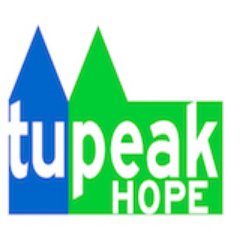
E is for EHRs – #AtoZChallenge 2018
As the advent of electronic health records (EHRs) or electronic medical records (EMRs) as they are also sometimes called have essentially replaced traditional charting as well as traditional means of communication it has created the potential for a new void in effective communication between the provider and patient.
First and foremost you only get to see on the patient portal what the provider or health system wants you to be able to see. Unlike previous ways of viewing your chart, you now get snippets of the information contained in your chart prepared the way your provider and the EMR software designers have decided will best suit you, which is not always what serves your best interest. Some examples of challenges observed in the electronic age of medical records can consist of any number of the following examples.




